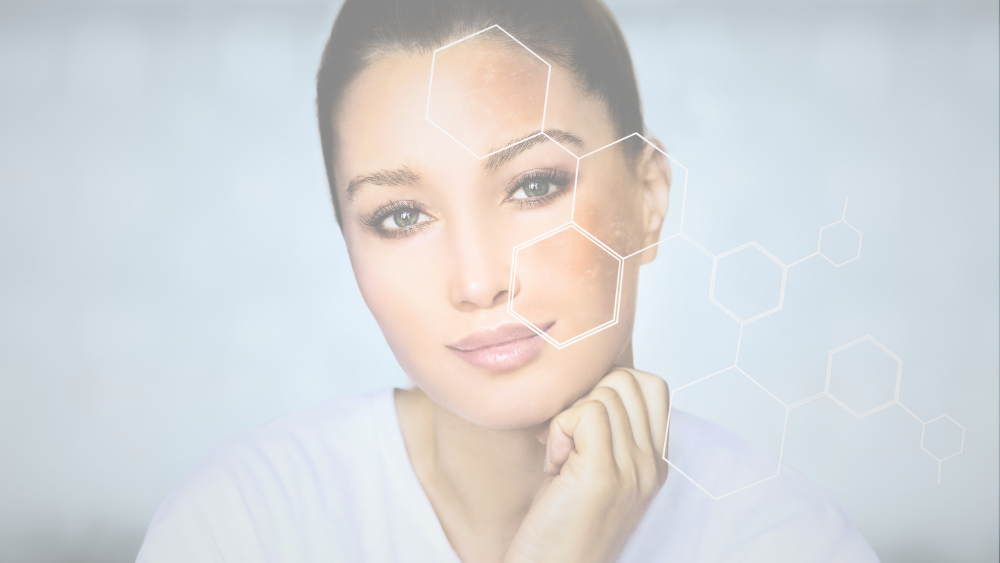If you're among the estimated 415 million people globally who deal with rosacea, you're likely familiar with the challenges of managing your skin and avoiding flare-ups. Even something as simple as eating spicy food or enjoying a glass of red wine can lead to uncomfortable symptoms like facial redness, acne-like breakouts, burning, and a sensation of heat on the skin. For those with rosacea, using gentle, non-irritating skincare products is key to keeping the skin calm and minimizing flare-ups.
Rosacea is a common skin condition where people blush or flush easily. It usually shows up as persistent redness on the face, along with small red bumps and pimples. In some cases, it can also affect the eyes, causing them to feel red and irritated—this is known as Ocular Rosacea.
Sometimes, tiny blood vessels (called telangiectasia) become visible on the skin. In more severe cases, especially in men, the nose can become larger and bumpy, a condition called Rhinophyma.
Rosacea vs. Acne – What’s the Difference?
- Rosacea does not have blackheads or whiteheads, which are common in acne.
- Acne can cause deeper pimples and cysts that may scar, while rosacea usually doesn’t.
- People with rosacea tend to have sensitive skin and flush easily.
- People with acne usually have oilier skin and larger pores.
How to Treat Rosacea
Over-the-Counter & At-Home Care:
- Wash your face with very gentle, cream-based cleansers or Micellar Water
- Avoid harsh scrubs or toners
- Use soothing moisturisers that reduce redness and support your skin barrier
- Try Azelaic Acid to reduce bumps and redness
- Intense Pulsed Light (IPL) treatments can help reduce visible blood vessels and inflammation
Helpful Skincare Ingredients for Rosacea:
- Thermal Spring Water
- Azelaic Acid
- Niacinamide
- Ceramides
- Aloe Vera
- Tranexamic Acid

